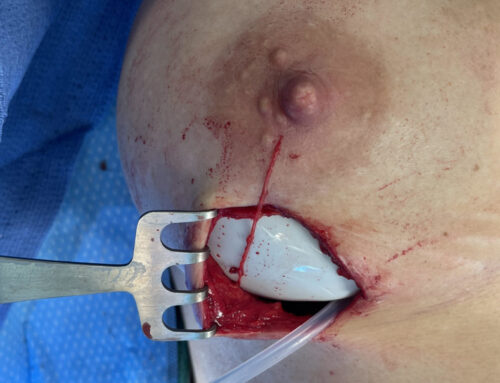Believe it or not, the idea of a peripheral nerve causing your headache dates back as far as 1000 A.D. when one of the founding fathers of surgery (Al-Zahrawi) first treated migraines using cauterization. More recently, that is to say about 20 years ago, the idea that sources outside the central nervous system (i.e. brain and spinal cord), specifically peripheral nerves in the head and neck could be responsible for chronic headaches was re-introduced by Dr. Bahman Guyuron. At the time, Dr. Guyuron was Chairman of the Department of Plastic Surgery at Case Western Reserve University and a well-respected, aesthetic plastic surgeon. He noted that in a subpopulation of his cosmetic brow lift patients, the removal of the small muscles in between the eyebrows not only gave them a youthful look, but also improved or in some cases eliminated their migraine headaches. As he saw more and more such results, he began to realize that they were no fluke. Eventually, after studying these patients very carefully he learned that what he was really doing was un-pinching small nerves in these areas, thereby removing a source of nerve irritation that was causing the headache symptoms.
The nerves causing chronic headaches are typically located in one of four different locations within the head and neck region. The first site is between the eyebrows, also known as the glabella. The nerves that can become compressed in this area are known as the supraorbital and supratrochlear nerves. These nerves can become pinched by the muscles within this region that cause the frown lines with which many of us are familiar. A second site is the temple region, and the nerves which can be compressed in this area are called the zygomaticotemporal nerves and auriculotemporal nerves. These nerves can become compressed by one of the muscles used for chewing (the temporalis muscle) or by blood vessels which can place excessive pressure on these two nerves or their branches. A third area that can be a trigger zone for chronic headaches is the back of the head and the nerves in this area which can be the cause of trouble are known as the greater, lesser and third (or least) occipital nerves. These nerves can be compressed (i.e. pinched) by the strong neck muscles which can be in spasm, by the tight connective tissue that surrounds them or by blood vessels which can cross over or under nerves, can wrap themselves around these nerves or sometimes even pierce the nerves themselves. Finally, nerves within the inner lining of the nose can also become irritated and result in chronic headaches, which are often diagnosed as migraines. In addition, as research with surgical intervention for chronic headaches continues to grow, we are learning more and continuing to improve our treatment protocols.
Find out more about treating your migraine symptoms by contacting us HERE.




